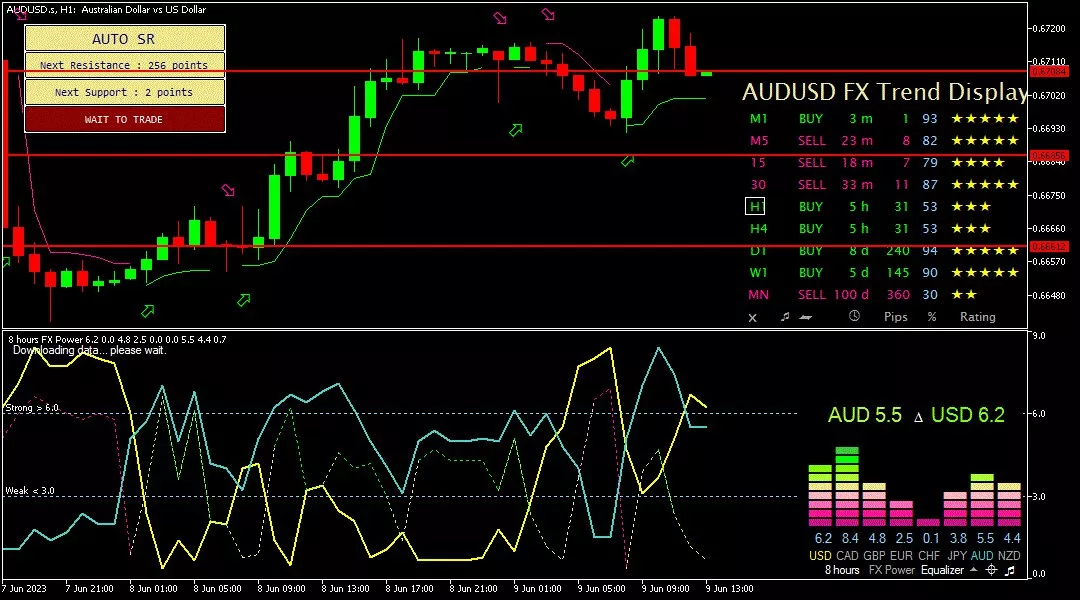Jakarta, GIC Trade – The Australian dollar appreciated to around $0.67, reaching its strongest level in four weeks after the Reserve Bank of Australia raised interest rates again.
The RBA has now raised interest rates for 12 meetings since May last year, bringing borrowing costs to an 11-year high of 4.1%. The central bank said the hike would provide greater confidence that inflation would return to target within a reasonable timeframe, adding that some further tightening may be necessary.
Meanwhile, Australian consumer inflation posted 7% in the first quarter of 2023, slowing from a 30-year high of 7.8% in the previous quarter but exceeding expectations of 6.9%. While the country's economy grew 0.2% in the first quarter, the slowest expansion rate in six quarters and missed the 0.3% growth forecast due to weakening household consumption.
AUD/USD touched a new multi-week high on Friday, although it had no follow-up. The RBA's hawkish outlook props up the Aussie despite downbeat Chinese inflation data. The rebound in US bond yields revived demand for USD and acted as a headwind for the pair.
A modest rise in US Treasury bond yields helped the US Dollar (USD) to regain positive traction after an overnight slump that followed downbeat US macro data, suggesting that initial jobless claims surged to a 20-month high last week.
Fundamentally, the 12th hike in the Australian central bank's benchmark interest rate has pushed the aussie price higher. Then how technically, see the following analysis:
Technical Analysis


AUD/USD on the 1-hour period tried to move up, touching the resistance level at 0.67160 until heading towards the next resistance level at 0.67500. The upward trend can also be seen from the FXBot template, where the AUD figure is higher by 6.8 from the USD figure of 4.2. While the bullish bias is also supported by a buy signal indicated by a green arrow.
This Forex and Commodity Analysis is a fundamental and technical view used by the author, not a suggestion or a solicitation. To get more information click on the image below.
 Last:
Last: 






